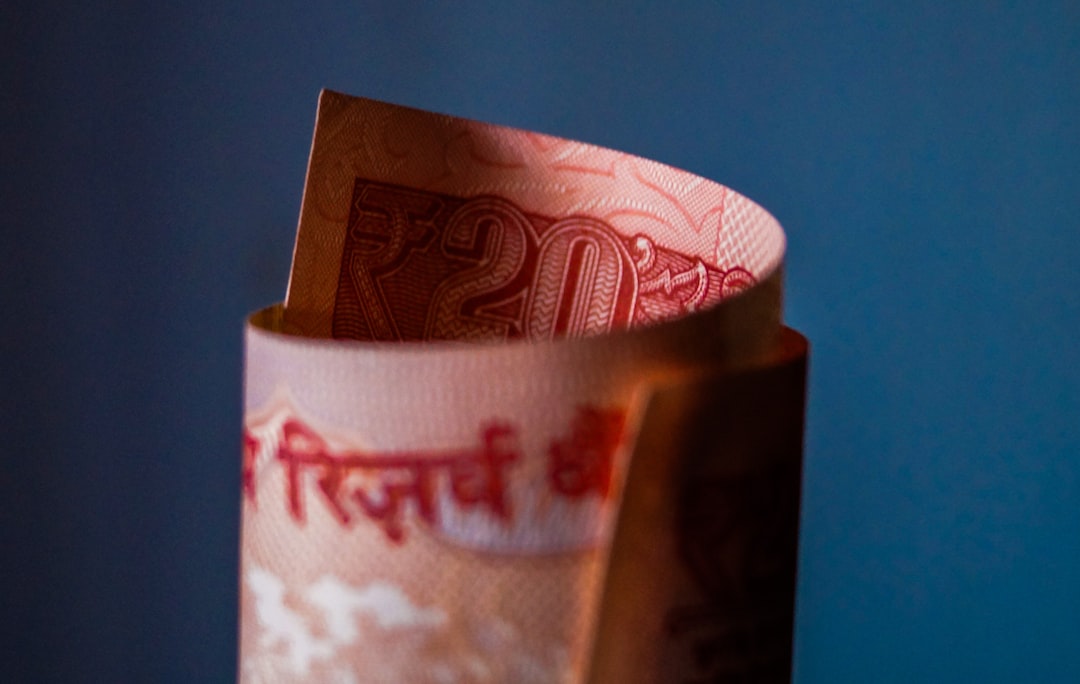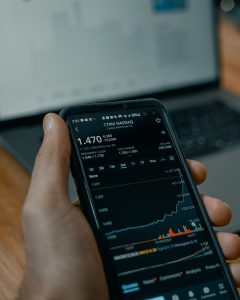Forex data is a critical element of trading and analysis in the foreign exchange market. In the past, traders and analysts would have to rely on manual data gathering, which could be time-consuming and error-prone. However, with the advent of modern technologies, it is now possible to automate the process of data gathering and analysis. One such technology is Python, a powerful programming language that is widely used in data analysis and machine learning. In this article, we will discuss how to get forex data in Python.
1. Choose a forex data vendor
The first step in getting forex data in Python is to choose a reliable data vendor. There are several forex data vendors available in the market, and their data varies in terms of quality and accuracy. Some of the most popular forex data vendors include:
• OANDA
• Alpha Vantage
• Xignite
• FXCM
• Dukascopy
Each data vendor offers different types of forex data, such as real-time or historical data, tick or minute data, and so on. It is essential to choose a data vendor that offers the type of data you need and that is suitable for your trading or analysis.
2. Install Python libraries
Once you have chosen a forex data vendor, the next step is to install the required Python libraries. Python has several libraries that are specifically designed for data analysis and machine learning. Some of the most commonly used libraries for forex data analysis include Pandas, NumPy, Matplotlib, and Seaborn.
Pandas is a powerful library that allows you to manipulate and analyze data in a tabular format. NumPy is a library that provides support for large, multi-dimensional arrays and matrices. Matplotlib is a library that helps you create visualizations, such as line charts, scatter plots, and bar charts. Seaborn is a library that provides a high-level interface for creating statistical graphics.
You can install these libraries using the pip command:
pip install pandas numpy matplotlib seaborn
3. Retrieve forex data
Once you have installed the required libraries, you can start retrieving forex data from the data vendor. The process of retrieving data varies depending on the data vendor and the type of data you need. However, most data vendors provide APIs (Application Programming Interfaces) that enable you to retrieve data programmatically.
For example, let’s say you want to retrieve historical forex data from Alpha Vantage. Alpha Vantage provides a REST API that you can use to retrieve data in JSON format. You can use the requests library in Python to make HTTP requests to the Alpha Vantage API:
import requests
url = “https://www.alphavantage.co/query”
params = {
“function”: “FX_DAILY”,
“from_symbol”: “EUR”,
“to_symbol”: “USD”,
“apikey”: “YOUR_API_KEY”
}
response = requests.get(url, params=params)
data = response.json()
In this example, we are retrieving daily forex data for the EUR/USD pair using the FX_DAILY function. We are passing our API key as a parameter to authenticate our request. The response from the API is in JSON format, which we can parse using the json() method.
4. Analyze forex data
Once you have retrieved forex data in Python, you can start analyzing it using the Pandas library. The Pandas library provides several functions and methods that make it easy to manipulate and analyze data. For example, you can use the read_csv() method to read data from a CSV file or a string:
import pandas as pd
data = pd.read_csv(“forex_data.csv”)
You can use the head() method to preview the first few rows of the data:
print(data.head())
You can use the describe() method to get statistical information about the data:
print(data.describe())
You can use the plot() method to create visualizations of the data:
data.plot(x=”Date”, y=”Close”)
In this example, we are plotting the closing prices of a forex pair over time.
Conclusion
Getting forex data in Python is an essential step in forex trading and analysis. By automating the process of data retrieval and analysis, you can save time and reduce errors. In this article, we discussed how to get forex data in Python, including choosing a forex data vendor, installing Python libraries, retrieving forex data, and analyzing forex data using the Pandas library. With these tools and techniques, you can gain valuable insights into the forex market and make informed trading decisions.





